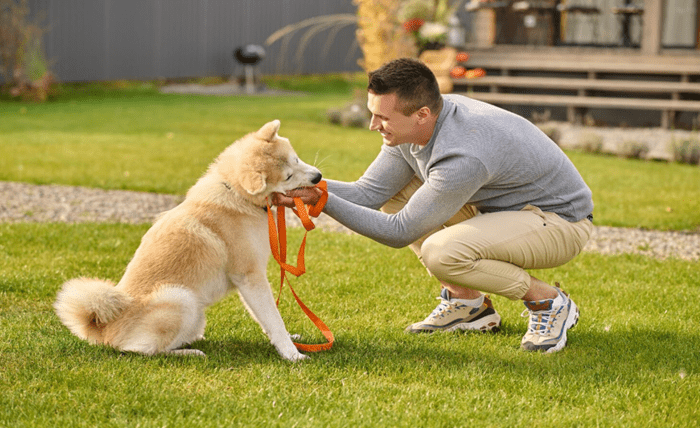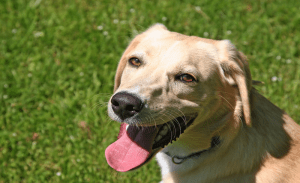You take your dog out for a quick walk and suddenly realise the harness is slipping off. Your heart stops for a second. What if your little one runs onto the road or gets lost? If you have ever faced this, you know how stressful it feels. Many small dog owners deal with the same problem. The good news is that with the right small dog harness and a few checks, you can stop escapes before they happen.
In this blog, let us look at why dogs slip out of their harnesses and what you can do to make sure yours does not.
Why Do Small Dogs Escape Harnesses?
A small dog harness is meant to give comfort and control. Yet, escapes happen more often than owners expect. One big reason is size. Small dogs often have narrow shoulders and slimmer chests. A harness that looks secure on a bigger breed may slip easily on a smaller one.
Another reason is poor fit. If a harness is too loose, your dog can back out of it. If it is too tight, your dog will wriggle to get free. Overexcited dogs also pull and twist, which makes slipping out even easier.
Think about this. A Chihuahua backing out near a busy road or a Dachshund running across a park can turn a fun walk into a scary chase. Knowing why it happens is the first step to solving it.
Tips to Prevent Your Dog From Escaping a Harness
Even the best small dog harness won’t stop escaping if it is not used correctly. Fit, comfort, and simple daily checks make all the difference in keeping your dog secure. Here’s how to make sure your harness actually works and your little one stays safe on every walk.
Choosing the Right Small Dog Harness
Needless to say, getting the right fit is the key to your dog accepting the harness like a second skin. A small dog harness should fit snugly but not dig into the skin. You should be able to slip two fingers between the straps and your dog’s body. Anything loose means your dog can escape. Anything tighter will cause discomfort.
Design also matters. Step-in harnesses often give a more secure hold for smaller dogs because they cover more of the chest. Harnesses with adjustable straps let you fine-tune the fit around the neck and chest. This is useful if your dog is still growing or has a unique body shape.
If you notice your dog slipping out, it might not be your dog’s fault. It is likely that the harness is not right for them.
Checking Fit Every Time You Step Out
Even the best small dog harness can become unsafe if it is not checked often. Dogs change shape over time due to age, weight gain, or loss of fur. A harness that fit well last month may not fit today.
Before every walk, run your hand under the straps. Can you still fit two fingers? Does the harness sit evenly without tilting? Are the clips secure? These small checks take only seconds but can stop big problems.
Also, watch how your dog walks. If you see rubbing marks, if the harness rides up on the neck, or if your dog pulls back often, it is a sign to adjust or replace the harness.
Training Your Dog to Accept the Harness
A well-fitted small dog harness is important, but so is your dog’s comfort with wearing it. Some dogs escape because they panic when strapped in. Training can help.
Start by letting your dog sniff the harness. Reward them with treats. Then, gently place it on for a short time indoors. Keep walks short and positive in the beginning. Over time, your dog will link the harness with fun outings instead of stress.
Avoiding Common Mistakes That Lead to Escapes
Pet parents often make simple mistakes that allow small dogs to slip out. One mistake is buying a size up because the harness looks more comfortable. Another is fastening only part of the straps in a hurry. Some owners also skip adjustments when their dog grows or loses weight.
Avoid attaching the leash to a collar and harness together. If the collar slips, your dog may get tangled or escape. Always clip the leash to the harness alone.
Conclusion
Seeing your small dog wriggle out of a harness is stressful, but most escapes happen because of fit, worn straps, or your dog not being used to it. A well-fitted small dog harness, a quick check before every walk, and a little patience while they get comfortable can stop most mishaps.
Keep it simple: Make sure it fits, watch how your dog moves, and replace it if it’s worn. That’s it. A small dog harness that works makes walks safer and a lot less stressful for both of you.




